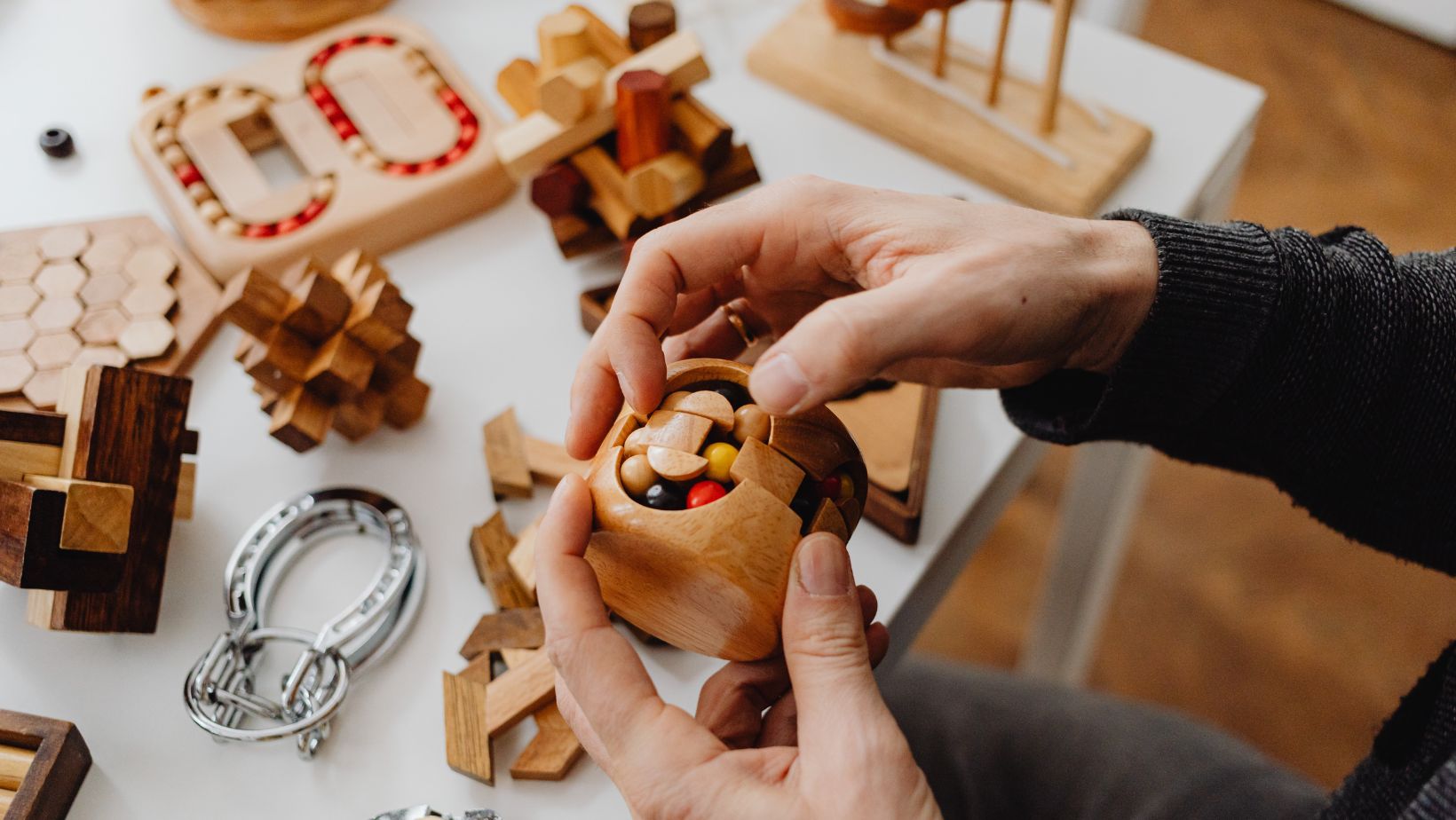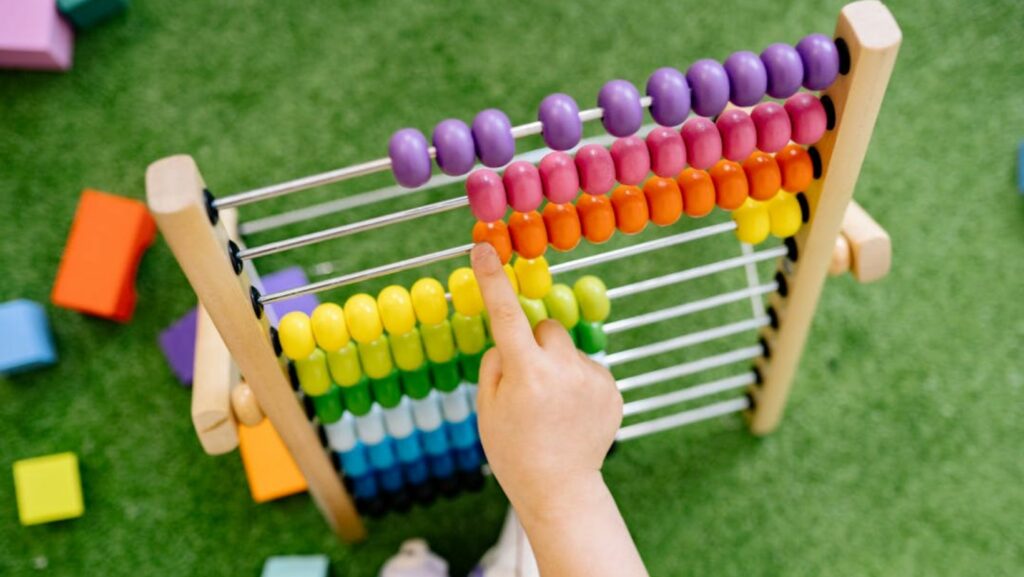We’ve all heard that the future belongs to innovators, but here’s the secret: kids don’t have to wait until college to start thinking like scientists or engineers. In fact, the earlier they play with problem-solving, creativity, and critical thinking, the more natural it becomes. That’s where STEM (Science, Technology, Engineering, and Mathematics) toys come in.
The beauty of STEM play is that it doesn’t feel like learning at all. To a child, it’s just fun. They’re building robots, making volcanoes erupt, or solving puzzles but in the process, they’re gaining skills that will help them for years to come.
So if you’re a parent, teacher, or even a grandparent looking for toys that are more than just noise and flashing lights, this guide is for you.
Let’s explore 10 of the best STEM toys that kids (and honestly, parents too) will love.
1. Building Kits and Robotics
Think back to when you were a kid: building blocks were probably one of your favorite toys. Now, imagine that same sense of wonder — but with a modern twist. Today’s building kits and robotics sets don’t just stack up; they move, light up, and can even be programmed to perform tasks.
The key is to choose something that matches your child’s age and skill level. Too simple, and they’ll get bored. Too complicated, and they’ll give up.
And if you’re based in Australia, Mr Toys is a popular Australian toy retailer where kits like these are easy to find. Similar shops exist in the UK and the US, so families everywhere can join in the fun.
Example: LEGO® City sets – children can bring their own cities to life while learning the basics of design and construction.
Best for: Ages 10+ (great for older primary and secondary school pupils).
Pro tip for parents: If your child is new to building sets, start with something simple and expandable. That way, as their skills grow, their toy grows with them.
2. Science Experiment Kits
Who doesn’t love a little “mad scientist” moment at home? Science kits give kids the thrill of discovery. They might grow crystals, make slime, or even set up their own mini volcano. These kits don’t just entertain — they spark curiosity about how the world works.
Parents love them because they often come with clear instructions and safe materials. And let’s be honest, kids love them because they get to make a mess in the name of science.
Example: National Geographic Science Lab Kit – includes crystal growing, erupting volcanoes, and even slime-making.
Best for: Ages 8–12 (mostly independent learning with a little supervision).
Pro tip: Use these kits as family activities. When kids see their parents having fun with science, they’re more likely to stay curious themselves.
3. Coding Games and Apps
Coding might sound intimidating, but for kids, it can be as fun as playing a puzzle game. There are robots that move when kids give them commands, apps that teach coding basics through games, and even board games that sneak in programming logic.
What’s amazing is how quickly children pick it up. Before you know it, they’re programming a robot to dance or solve a maze.
Example: Osmo Coding Starter Kit – children use physical coding blocks to guide characters through on-screen adventures.
Best for: Ages 5–10 (younger learners who enjoy iPads and games).
Pro tip: Choose coding tools that grow in complexity. That way, your child isn’t stuck repeating the same simple tasks — they can level up as they get more confident.
- Engineering Sets
Kids are natural tinkerers. Engineering sets give them the chance to explore gears, levers, pulleys, and more. They learn what makes things work — and more importantly, what makes them fall apart.
From marble runs to bridge-building kits, engineering play teaches trial and error. And let’s face it: failing and trying again is one of the most important lessons kids can learn.
Example: K’NEX STEM Explorations – lets them design bridges, vehicles, and towers, all while experimenting with engineering concepts.
Best for: Ages 8–14 (ideal for budding inventors and builders).
Pro tip: Encourage your child to “invent” something new with their set. It doesn’t have to work perfectly, the process of experimenting is the real win.
5. Microscope and Nature Kits
Got a curious little explorer at home? Nature and microscope kits let kids discover the hidden world around them. A simple blade of grass becomes an adventure under a microscope.
These toys aren’t just educational; they also get kids excited about being outside and asking questions about what they see.
Example: AmScope Beginner Microscope Kit – comes with slides, sample specimens, and tools to get started.
Best for: Ages 9–14 (children ready for more structured exploration).
Pro tip: Pair these kits with a nature walk. Collect leaves, rocks, or bugs, then examine them together when you get home. It turns an ordinary day into an adventure.
6. Math Puzzles and Games
Numbers don’t have to feel like homework. Math puzzles and strategy games make kids think without realizing they’re actually practicing math. Board games, card sets, and logic puzzles are great for sneaking in number skills.
Kids who struggle with math in school often feel more confident when they can “play” with numbers instead of just memorizing them.
Example: Sum Swamp by Learning Resources – a lively board game that helps children practise addition and subtraction while racing through a swamp.
Best for: Ages 4–8 (ideal for early learners just starting out with numbers).
Pro tip: Make math games a family competition. Kids love it when they can (finally!) beat mom or dad at something educational.
7. Electronic Circuits and Gadgets
Want to raise the next inventor? Circuit kits are a safe and exciting way to teach kids about electricity. They can build alarms, radios, or even simple games using snap-together pieces.
Not only do they learn about current and wiring, but they also get that incredible “I made this work!” feeling when the light turns on or the buzzer sounds.
Example: Snap Circuits Jr. SC-100 – allows children to safely snap parts together to build different gadgets.
Best for: Ages 8–12 (perfect for hands-on learners).
Pro tip: Start with beginner-friendly kits, then upgrade to more advanced sets as their interest grows. It keeps the spark alive (literally and figuratively).
8. 3D Printing Pens
These pens are like magic wands. Kids draw in the air, and their creations come to life in 3D. It’s a lesson in design, creativity, and even engineering.
Imagine your child designing their own toy, phone stand, or even jewelry. It’s hands-on creativity with a tech twist.
Example: 3Doodler Start+ Essentials Pen Set – designed with children in mind, safe and easy to use.
Best for: Ages 6–13 (best with adult supervision for younger children).
Pro tip: Encourage kids to plan their designs on paper first. It helps them learn the importance of planning before building.
9. Virtual Reality Learning Tools
Virtual reality isn’t only about games. With VR, kids can explore space, dive underwater, or walk through historical landmarks — all from their living rooms.

It’s immersive learning that makes subjects like science, history, and geography come alive in ways books sometimes can’t.
Example: Merge VR Headset with Merge EDU App – lets kids explore space, the human body, or world landmarks
Best for: Ages 10+ (tech-loving children with curious minds).
Pro tip: Use VR tools together. Sharing the experience as a family makes learning more engaging and memorable.
10. Eco-Friendly STEM Kits
Sustainability is one of the biggest challenges kids will face in the future. Eco-friendly STEM kits teach them about renewable energy and caring for the planet. Kids can build solar-powered cars, wind turbines, or even small hydro-powered devices.
It’s hands-on, relevant, and teaches lessons that will stick with them for life.
Example: Thames & Kosmos Solar Power Kit – children can build solar-powered cars, robots, and machines.
Best for: Ages 8–14 (young inventors interested in green energy).
Pro tip: Tie eco-kits into real-world conversations. Ask your child how solar panels or wind turbines they build at home might help solve global problems.
Bringing It All Together
STEM toys aren’t just about keeping kids busy, but also about opening doors. Every time a child builds, codes, experiments, or invents, they’re learning the same skills innovators and problem-solvers use in the real world.
For parents, these toys offer peace of mind that play time isn’t wasted time. For kids, it’s simply fun but with lifelong benefits hidden inside.
So the next time you’re shopping for a birthday gift or just looking for something meaningful to spark curiosity, consider one of these STEM options. Who knows? You might just be fueling the imagination of the next scientist, engineer, or inventor who will change the world.

